A Simple Guide to Running Your Own Warehouse Risk Assessment
Warehouse safety is critical. Managing a warehouse comes with many responsibilities, and adhering to safety regulations is one of the most important. Minor hazards can have serious, long-term effects, so prioritising safety should always be top of mind for any warehouse manager.
Unfortunately, accidents in warehouses remain all too common across the UK. Since 2023, there have been -
- 50 fatalities from falls
- 25 from incidents with moving vehicles
- 20 from moving objects
- 15 from collapses or overturns
These statistics illustrate the risks, particularly in manufacturing environments and loading bays. So, how do we reduce these risks? It starts with a thorough risk assessment. By identifying hazards early, you can implement steps to mitigate them, protecting both your employees and equipment.
But what are the key risks to look for in a warehouse, and how can you address them?
Assessing Warehouse Risks
Every warehouse has unique challenges, but a risk assessment is the first step in maintaining safety. Walk through the warehouse to identify hazards up close—this hands-on approach often reveals dangers that could be overlooked. Engaging with your employees also provides valuable insights, as they deal with the risks daily.
Common Warehouse Hazards to Watch For
There are plenty of hazards to look out for in a warehouse, but this list will make it easier to identify the most common ones.
Slip, Trip, and Fall Hazards
A clean and organised warehouse is a safer one. Ensure regular cleaning routines are in place, and quickly address any trip hazards such as loose equipment or obstructions. Permanent issues like cracked flooring or unguarded ledges should be fixed as soon as possible. These can pose serious dangers to both employees and forklifts.
Use cable ramps to cover exposed wires and prevent tripping, while GRP stair treads , anti-slip nosing, or rubber matting can improve traction on stairways, even in wet conditions.
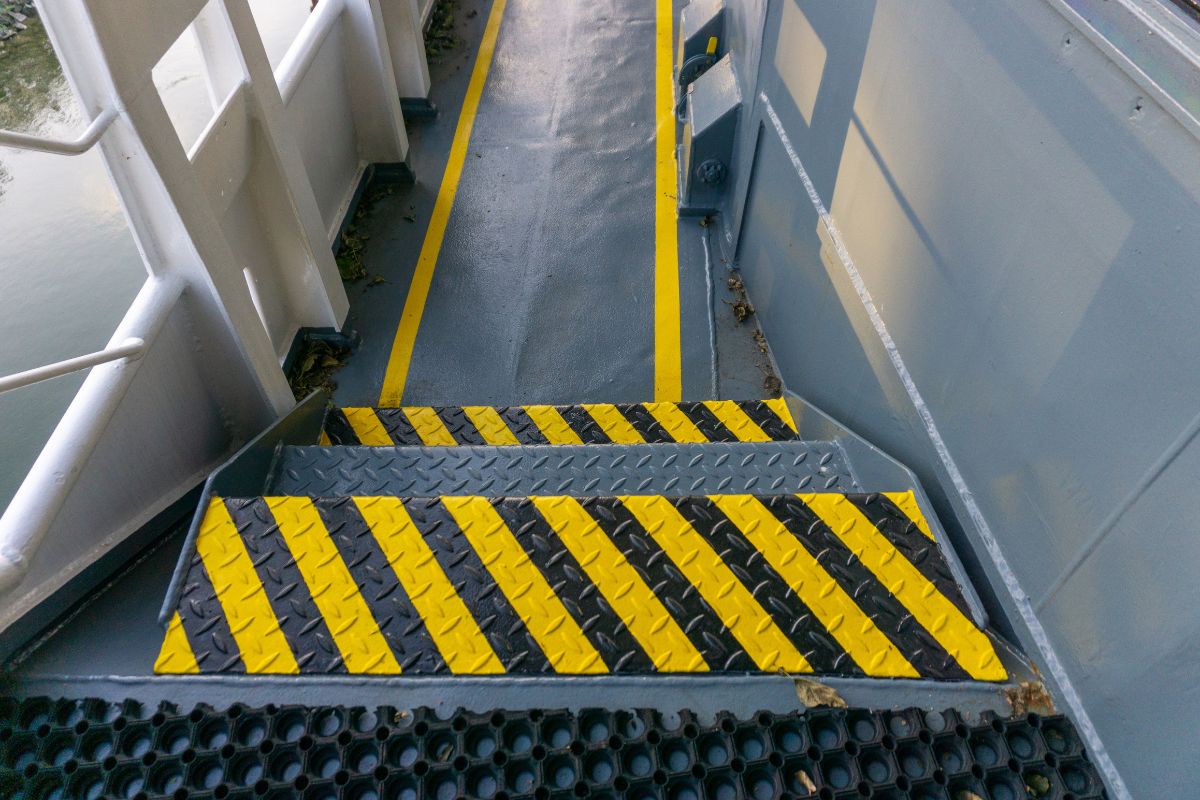
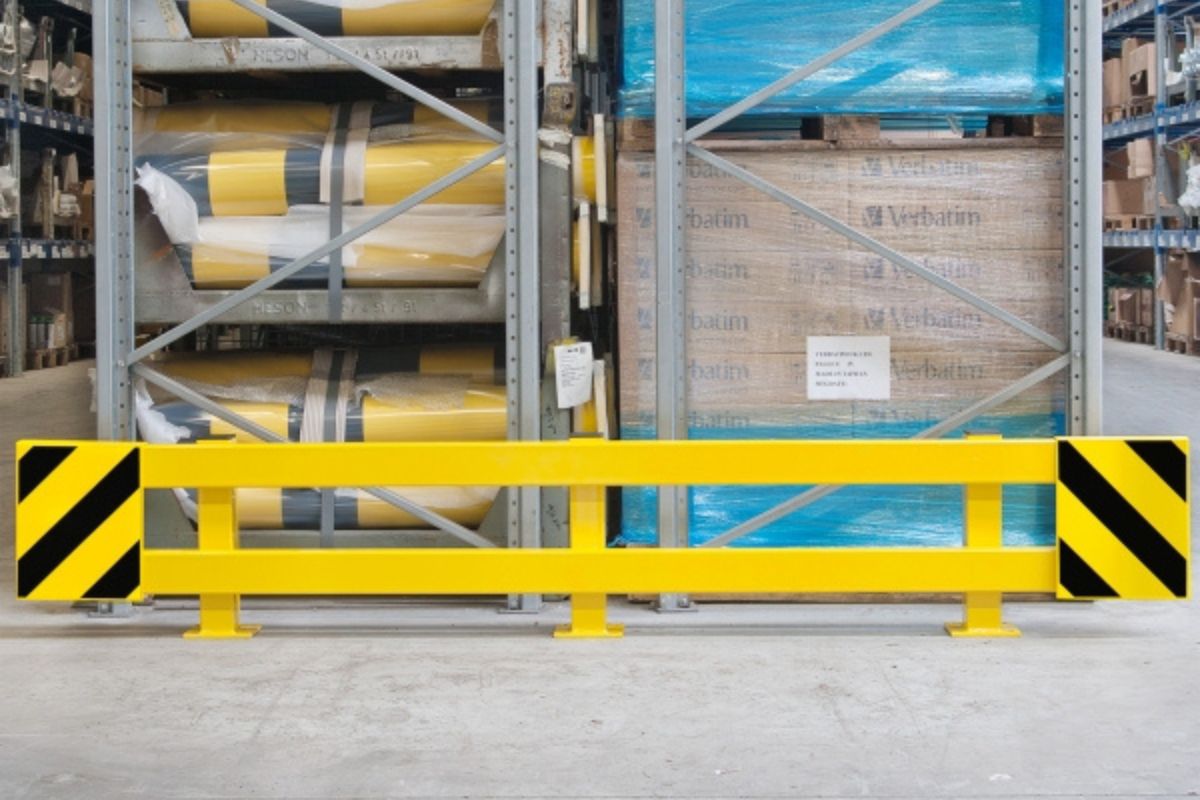
Falling Objects
In warehouses, where stock and equipment are often stored at height, falling objects are a significant risk. Always ensure tools, equipment, and stock are securely stored. Damaged pallet racking is a common cause of falling objects, and over time, it can collapse if not regularly checked. Rack protection can help absorb forklift impacts, reducing the chance of a collapse.
Ensure all employees know the weight limits of racking systems, and store heavier pallets at ground level whenever possible.
Work Vehicle and Traffic Hazards
Forklifts and other warehouse vehicles are essential but can pose serious risks to pedestrians. Conduct regular safety checks on forklifts to ensure they are in good working order, focusing on key areas like forks and the lifting mechanism.
Traffic control within the warehouse is equally important. Clear signage and floor markings can help enforce speed limits and control vehicle movement. Industrial convex mirrors can enhance visibility at blind spots, and modular industrial railings can separate pedestrians from vehicle traffic. These measures reduce the risk of accidents and improve overall traffic flow.
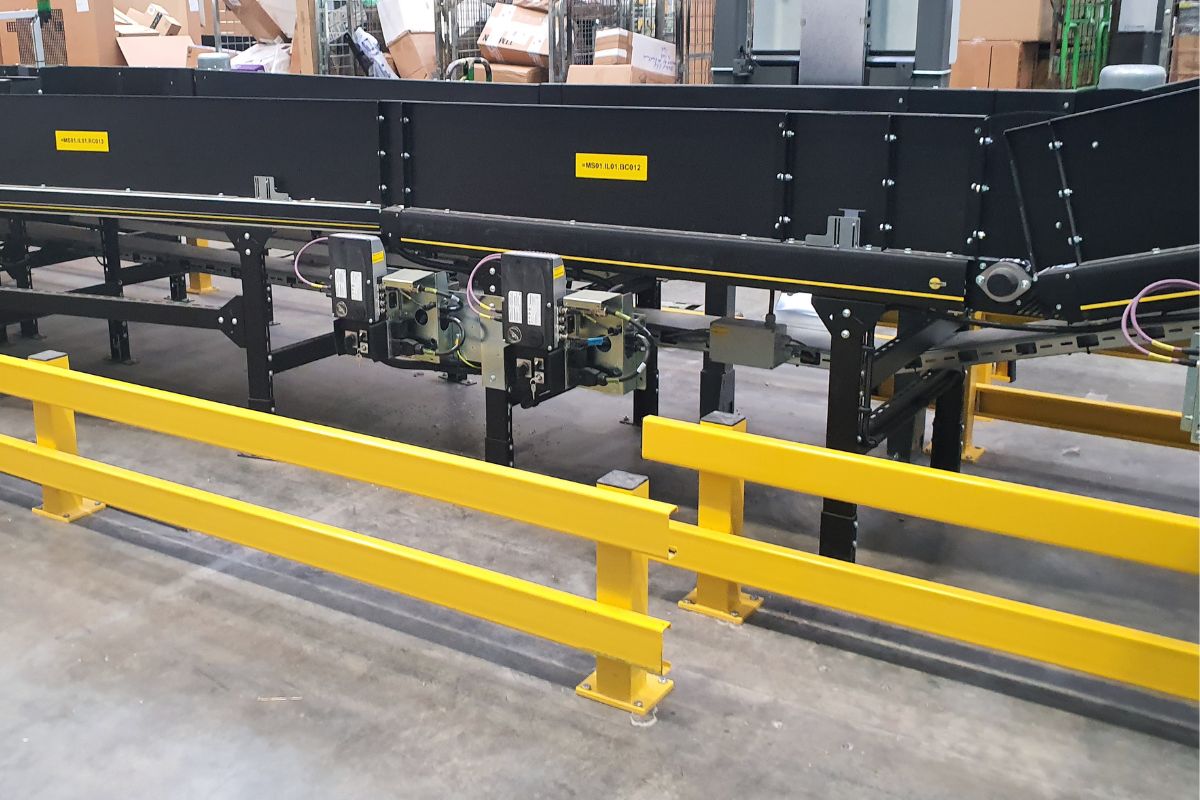
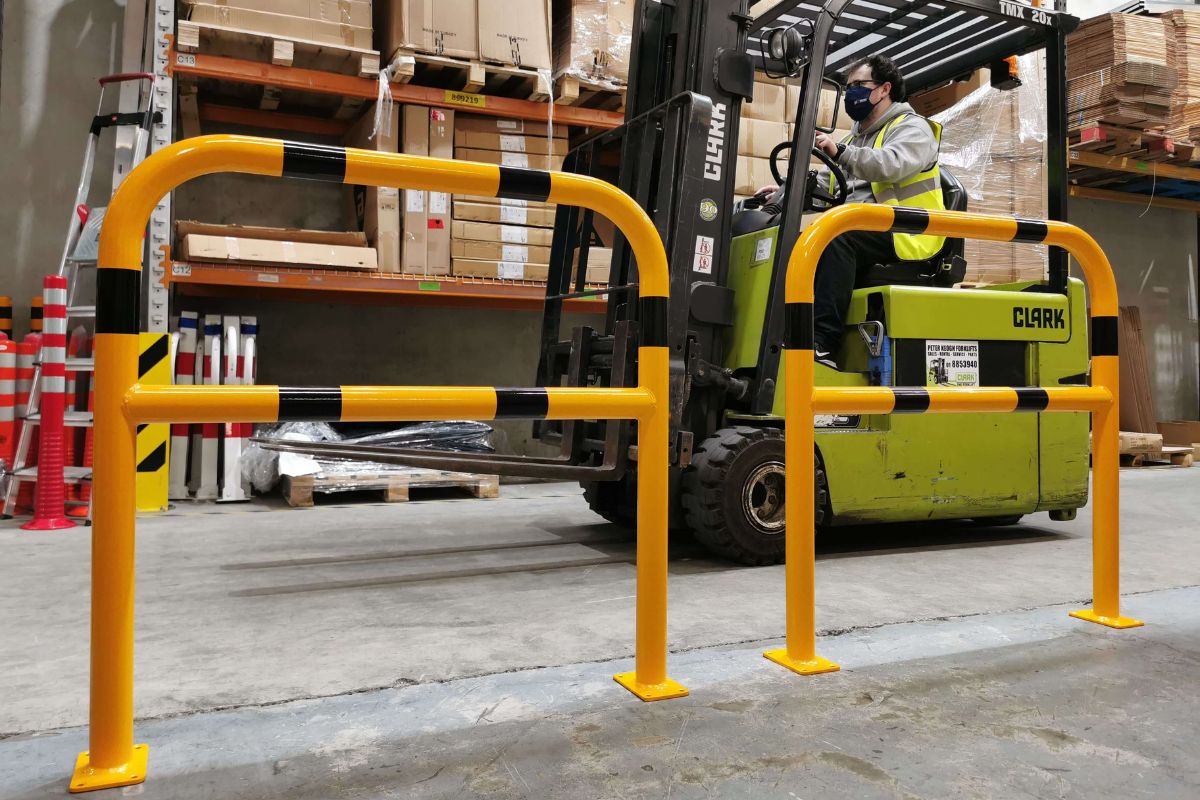
Warehouse Machinery Hazards
Warehouse machinery must be safeguarded to protect employees. Ensure all staff are properly trained on how to operate machinery safely and that clear signage is displayed. Labels should indicate proper operating procedures and warn unauthorised personnel to stay clear.
Also, consider protecting machinery from potential damage. Hoop barriers or corner protectors can shield equipment from accidental impacts. Additionally, install impact protection foam on sharp corners or edges to prevent head injuries.
Need help with your next warehouse project?
Contact our experts for advice on your next project
Call 01908 464 527Loading docks are some of the most hazardous areas in a warehouse. Trucks are constantly moving, creating a high-risk environment. Begin by protecting infrastructure from potential damage—dock bumpers and column protection guards can absorb impacts from trucks, preventing damage to pillars and other structures.
Improve the safety of docking procedures with wheel guides and truck wheel stops. Clear speed limit signs and speed bumps can help control vehicle speeds as they approach the docks, reducing the risk of accidents.
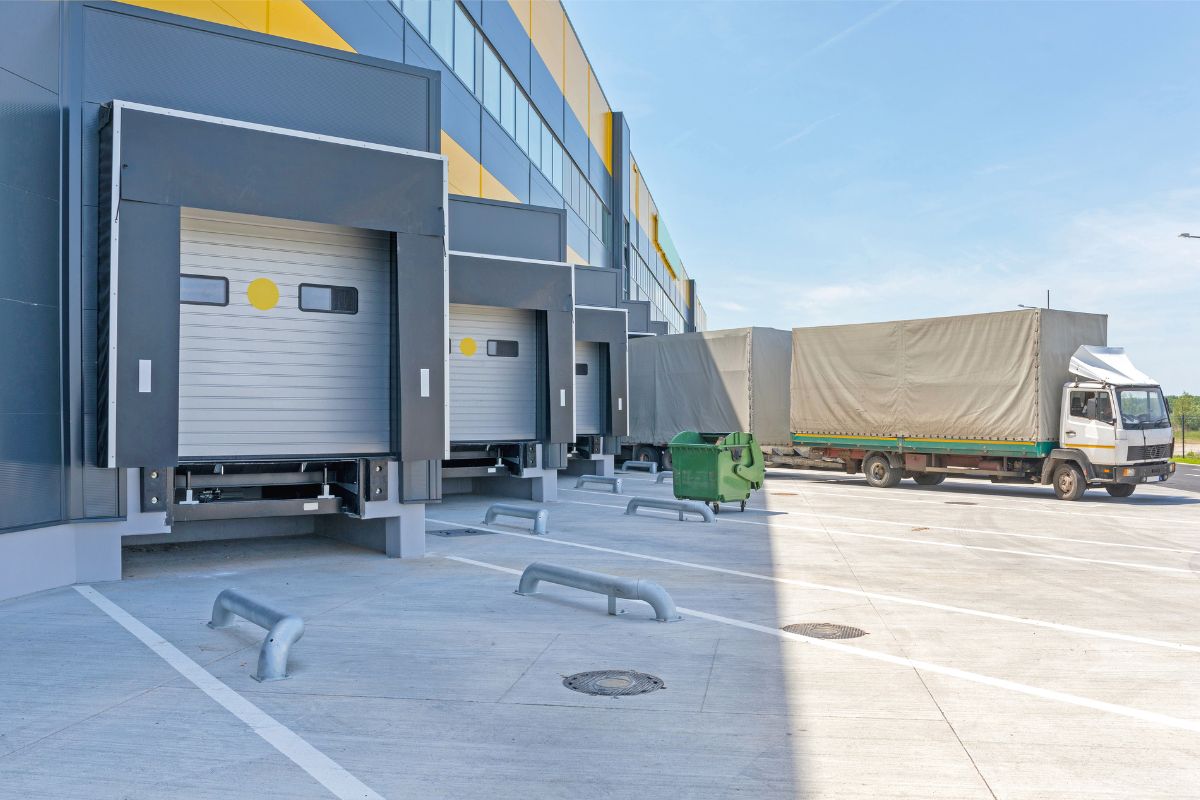
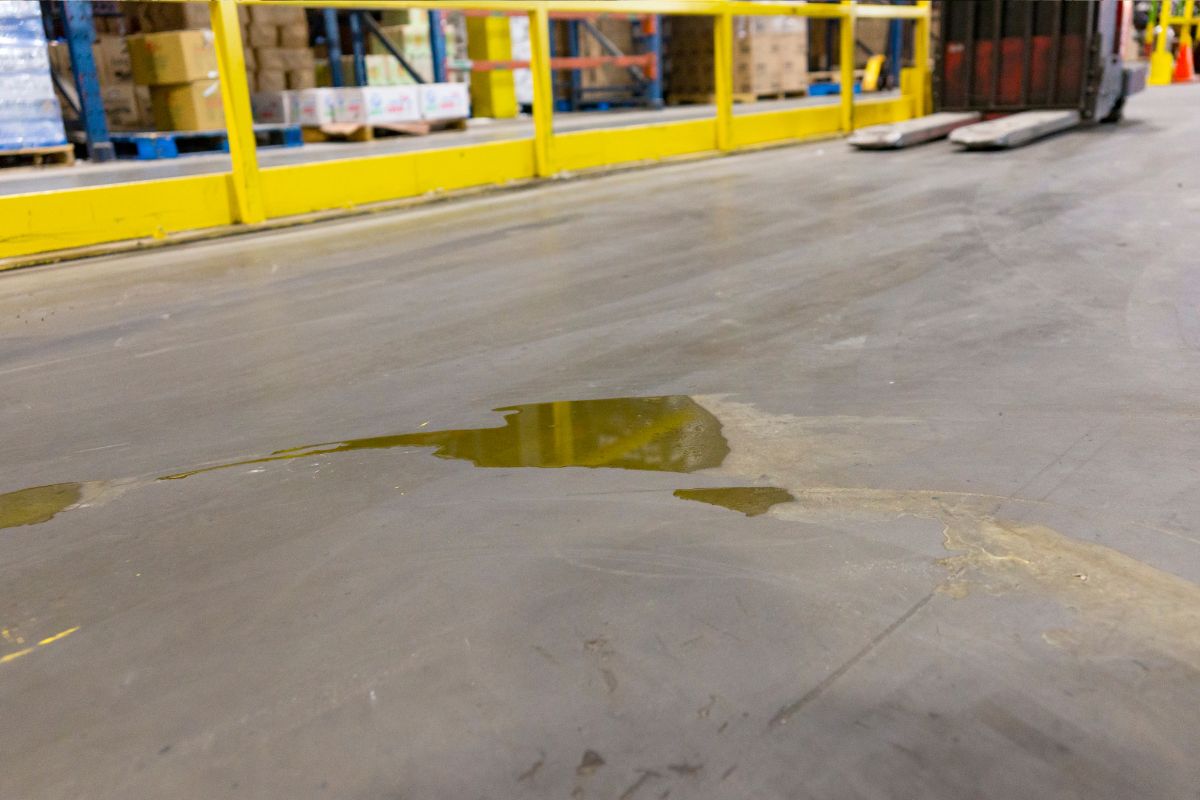
Substance spills can halt warehouse operations and pose serious safety risks. Ensure all chemicals and substances are properly stored and handled carefully. Spill pallets and plant nappies can contain leaks before they cause significant problems.
Proactively identify areas where spills are likely and keep appropriate spill kits on hand. Ensure employees are trained to respond to spills quickly and effectively.
Fire and electrical hazards can appear in many forms. Watch for frayed wires, overloaded sockets, or flammable materials stored near heat sources. Make sure fire exits are clear and regularly inspect electrical equipment for wear. Regular maintenance and vigilance can prevent fires and other electrical accidents.

Building a Safer Warehouse Culture
While risk assessments are essential, creating a culture of safety is the long-term solution. A safer warehouse comes from consistent training, open communication, and regular checks. Here's how you can build a strong safety culture:
- Encourage hazard reporting: Employees should feel comfortable reporting issues. Promote a culture where concerns are addressed promptly.
- Provide proper training: Regularly update staff on safety procedures, first aid, equipment operation, and PPE use. Well-trained employees are better prepared to avoid accidents.
- Offer the right PPE: Make sure all employees have access to necessary PPE like gloves, high-visibility vests, and protective goggles.
- Inspect machinery and vehicles regularly: Faulty machinery can lead to serious incidents. Routine inspections and swift repairs are crucial for maintaining safety standards.
Conclusion
Conducting a warehouse risk assessment may seem daunting, but knowing what hazards to look for makes the process more manageable. No hazard is too small to address—tackling minor risks early can prevent larger, costlier problems down the line.
Encourage your staff to participate in the process. Their day-to-day insights are invaluable for identifying potential dangers and fostering a safer, more efficient workplace for everyone.





